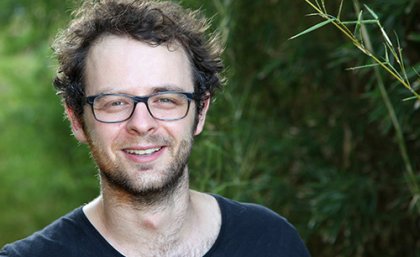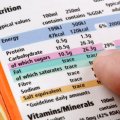
University of Queensland graduate student Mitch Sullivan’s discovery of a link between type 2 diabetes and the liver’s method of storing blood sugar has captured the interest of leading diabetes researchers.
The National Health and Medical Research Council has awarded the PhD candidate a prestigious biomedical CJ Martin Fellowship, due in part to his discovery about how the liver stores carbohydrates.
The Fellowship will allow Mr Sullivan to further his research in Stockholm under the supervision of the chairman for the Nobel Prize for medicine or physiology, Professor Juleen Zierath, who has assembled a world-leading diabetes research team at the Karolinska Institute.
He will also work with Toronto-based Professor Berge Minassian, a world-leading expert in another glycogen-related condition, Lafora disease.
Mr Sullivan said glucose - the sugar that provides energy to the body - was stored in the liver as glycogen.
“Glycogen plays a critical role in the maintenance and stability of the body’s blood glucose levels,” he said.
“Glucose units attach to each other to form chains, these chains are joined to form particles, and the particles then join together to form much larger composite particles.
“Our research has led us to believe that healthy mammals have evolved an ability to form really large composite glycogen particles because this results in a much slower release of glucose, which is what you want.
“After a meal, you don’t want all of that glucose to be dumped back into the blood too quickly.”
“It might seem strange that we did not know about something as basic as liver structure in blood-sugar control, but my research used some breakthrough technologies for the first time, so we were able to explore the role of glycogen in diabetes.”
Mr Sullivan said his work had opened the way for “promising” new drug treatments for diabetes patients.
Diabetes can lead to complications such as stroke, coronary artery and peripheral vascular disease, amputations, renal failure, blindness and death.
It is estimated to cost the Australian economy $9 billion in career and productivity losses annually.
The scale of the problem has resulted in diabetes becoming one of the Australian Government’s National Health Priority Areas.
With 382 million people affected worldwide, diabetes has been described as an epidemic that poses an even greater risk to poorer nations than infectious diseases.
About 90 per cent of diabetes cases involve type 2 diabetes, a disease which once mainly affected only the elderly but now affects younger adults and even children.
Mr Sullivan said there was no known cure for type 2 diabetes.
“From a scientific perspective, what really interests me is using techniques and knowledge from fields like physical chemistry and applying these to tackle problems in health,” he said.
“I think interdisciplinary approaches are extremely promising in investigating health issues like diabetes.”
Mr Sullivan’s PhD work was supervised by Professor Robert (Bob) Gilbert at UQ’s Queensland Alliance for Agriculture and Food Innovation’s Centre for Nutrition and Food Sciences.
Upon his return to Brisbane, Mr Sullivan will conduct further research into liver glycogen at the Mater Research Institute under the supervision of Professor Josephine Forbes of the University of Queensland.
UQ is due to award Mr Sullivan his PhD next year.
Contact: Mitch Sullivan, ph +61 (0)415 048 903, m.sullivan7@uq.edu.au
World Diabetes Day is this Friday, 14 November.
.jpg)










